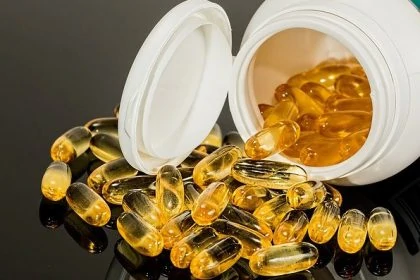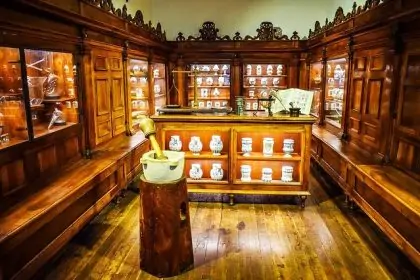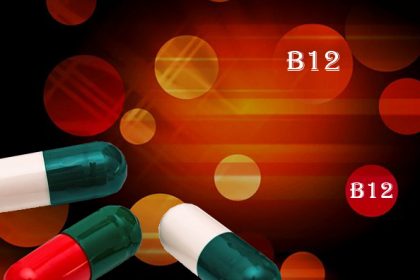Medical devices or medicinal products – this is often a dispute also about competition rights. In this context, the Federal Court of Justice (BGH) already established in 2018 as a guiding principle that advertising is permitted for medical devices containing substances – including those that are bioresorbable.

The question of whether a product is a medical device or a medicinal product is often not so easy to answer. There is also legal leeway for the decision medical devices or medicinal products, because this classification is indeed determined by the EU Directive 93/42/EEC on medical devices as well as the Directive 2001/83/EC relating to medicinal products for human use. But the decision on the classification of so-called functional medicinal products in particular is a case-by-case decision of the national courts – also according to ECJ (see October 2013 – C-109/12).
For manufacturers in the pharmaceutical sector, this classification is absolutely relevant, especially with regard to distribution, because German § 11 (1) sentence 2 HWG is a so-called lex specialis for medical devices. The advertising ban, which classically applies to medicinal products, is not applied to medical devices (according to § 11 para. 1 sentence 1 no. 2 HWG pursuant to § 11 para. 1 sentence 2 HWG). This is based on the assumption that medical devices have a lower risk potential than medicinal products.
In addition, laypersons must also be able to apply and use medical devices independently, without medical guidance. The necessary factual information should therefore also be possible for the manufacturer of the medical device. Therefore, an application of the advertising ban to medical devices is explicitly excluded by § 11 (1) sentence 2 HWG, explained the BGH, inter alia, in its leading decision ‘Gefäßgerüst’ of 2018.
BGH: medical devices containing substances
Accordingly to BGH, advertising is permitted for medical devices, also for those containing substances. And this also applies to the medical device vascular scaffold if it releases a medicinal product – and also if it decomposes by itself in the body after some time, i.e. is bioresorbable. A vascular scaffold (stent), the BGH explained as principle, whose main effect is achieved by physical means, is not a medicinal product but a medical device even if an active substance is released to prevent excessive tissue growth and the vascular scaffold is bioresorbable.
The BGH explained that neither the release of the active ingredient nor the bioresorption lead the medical device vascular scaffold out of the scope of application of German § 3 (1) letter a MPG. The coating with the active ingredient merely supported the mode of action of the device by pharmacologically or immunologically acting agents within the meaning of § 3 (1) letter a MPG. The coating with the active ingredient was not the primary intended purpose, the court explained.
Rather, according to the BGH, the main intended effect of the vascular scaffold was that it improved the blood flow as an implant in the vessel wall at the narrowed point of the artery. And that was a physical function that could be achieved neither metabolically nor pharmacologically or immunologically.
Medical devices with active substance release
Finally, the BGH also referred to § 3 No. 2 MPG. According to this, medical devices can also be products that contain a substance or a preparation of substances or to which such substances are applied that would be medicinal products on their own (within the meaning of § 2 (1) AMG (German Arzneimittelgesetz)). However, such substances can also have an effect on the human body in addition to the functions of the product.
However, a differentiation must be made in this context. For already in 2009, the Federal Supreme Court had ruled in its decision CE Certification (I ZR 193/06) that although objects fulfil the conceptual requirements of medical devices, they constitute medicinal products if they are intended to reveal the nature, condition or functions or mental states of the body by application to or in the body (§ 2 para. 3 no. 7 in conjunction with para. 1 no. 2 AMG; § 2 para. 5 no. 1 MPG).
In its 2018 decision ‘Gefäßgerüst’, the BGH emphasised in any case that bioresorption does not prevent classification as a medical device. This process did not correspond to the primary purpose of insertion into the artery, but was a consequence – albeit a desirable one – of the passage of time.
Are you looking for IP protection or advice?
Our patent and law firm has many years of expertise in the protection of trade marks and patents as well as in the entire field of intellectual property, both nationally and internationally.

Sources:
BGH, ‘Gefäßgerüst’, I ZR 82/17
Image:
PublicDomainPictures | pixabay | CCO License







Leave a Reply